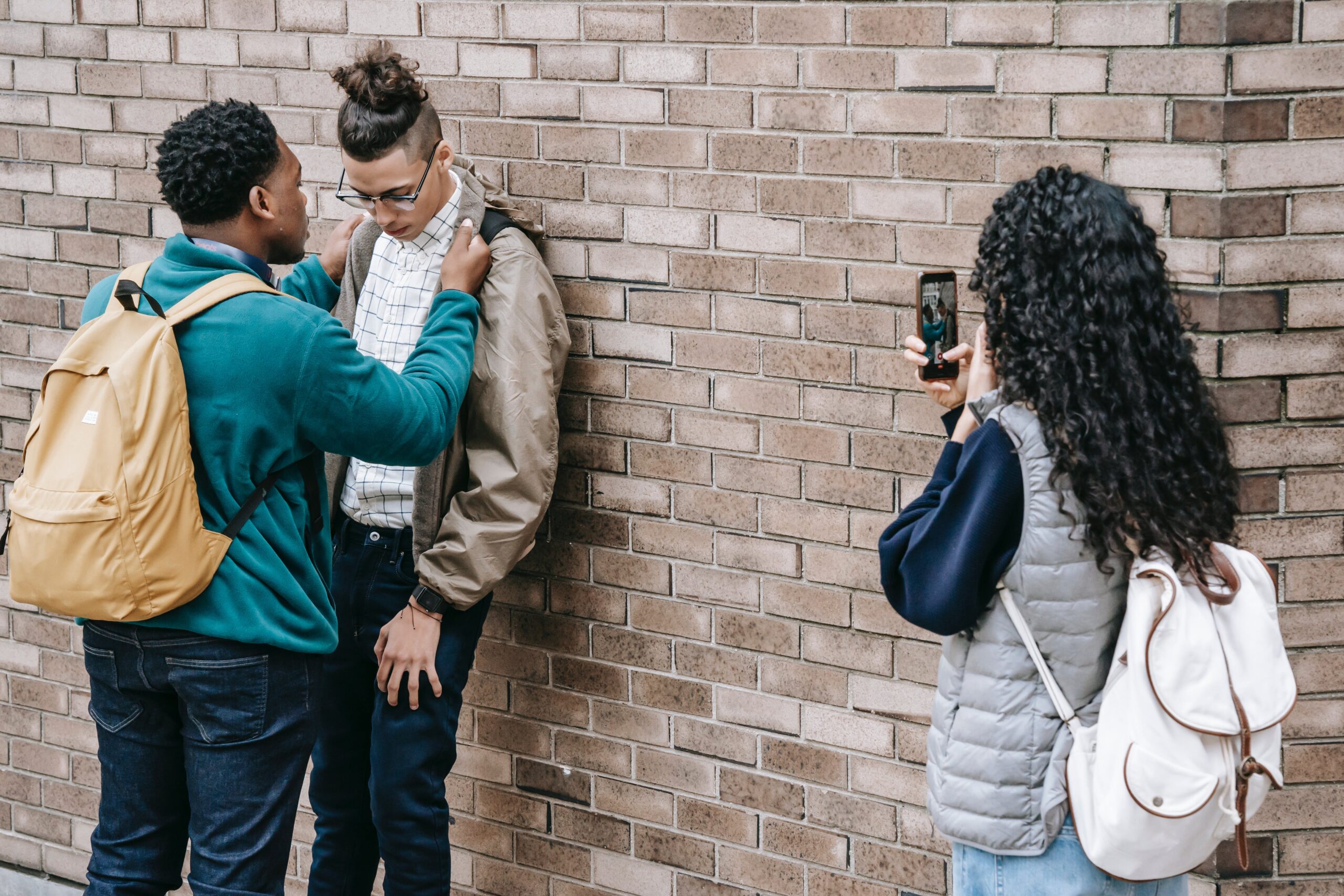Resource for teaching how to stand up to bullying behaviour
It is sometimes hard as a bystander to intervene in or stand up to bullying behaviour because we fear we may become the target of the behaviour. This lesson will explore some practical strategies for standing up against bullying behaviour in a safe and respectful way.
Learning Intention
Students will be able to develop and practise using strategies for standing up to bullying behaviour.
Key Outcomes
By the end of the lesson, students will be able to:
- understand the role bystanders play in stopping bullying behaviour
- implement practical strategies for calling out bullying.
ACTIVITY 01 (5 minutes)
Classroom discussion: Bystanders
- Discuss with students the prevalence of bystanders witnessing bullying behaviour in school:
- Ask students to stand up if they have witnessed bullying behaviour in or around school or online.
- Ask students to remain standing if they wished they had responded differently as a bystander.
ACTIVITY 02 (10 minutes)
Investigation and application
- Display the image below or an image suitable to your students. Tell the students that research has shown that student bystanders are usually present when bullying occurs, and that in about half the cases the bullying stops if a bystander speaks up to discourage it.
- As a class group, discuss the following questions:
- Do you think this is a realistic example of the type of bullying that happens in school?
- How might the person exhibiting the bullying behaviour feel in this scenario?
- How might the person experiencing the bullying feel?
- How might the bystanders have contributed to the way each of them felt?
- What options did the bystanders have in responding to the bullying?
- How could each of their options for responding have added to or reduced the extent of the bullying?
ACTIVITY 03 (45 minutes)
In-class activity
- Divide students into pairs.
- Students write a script or draw a comic of how one or more of the bystanders could stand up to bullying behaviour.
- Collect each pair’s script and then hand them out to different pairs so that the students don’t know who the original authors were. Ask the new pair to read out the scripted response, and the class to indicate with a thumbs up (Facebook style) if they think the response would have a positive outcome, thumb sideways (hitchhiker style) if it would have no impact, and thumbs down (gladiator style) if it would have a negative outcome.
- For the thumbs-down responses, ask students to identify why they think the response would lead to a negative outcome. Brainstorm how the response could be changed to have a more positive outcome.
- For the thumbs-up responses, ask students to identify which responses they would feel comfortable using if they were a bystander in a similar situation. If time permits, get students to role-play the responses.
ACTIVITY 04 (15 minutes)
Take-away activity
Students create a list of strategies or scripts that ‘digital bystanders’ can use to stand up to people exhibiting cyberbullying and to be allies for their peers online.
Content has been created by ReachOut. To view more information about ReachOut click here.





